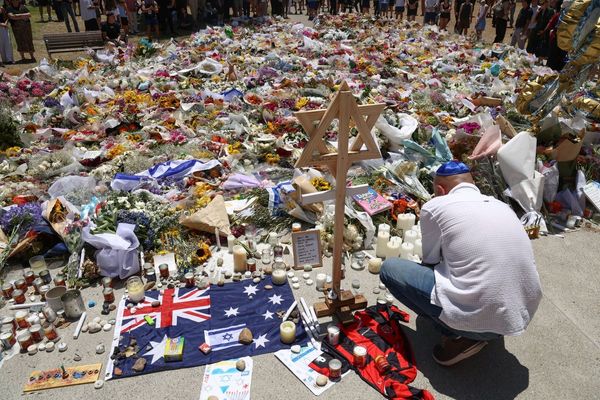
A soft landing for the Australian economy is becoming more certain, leaving the jobless rate not far from five-decade lows, but households won’t see a return to real income growth until the second half of next year, the Reserve Bank said in an update of its forecasts.
“The domestic economy has proved more resilient than previously expected, and the labour market is expected to ease more gradually as a result,” the RBA said in its Statement on Monetary Policy, released on Friday.
However, that more robust result has increased the prospect that inflation will be more persistent for the coming year, and the projections “incorporate some increase” in the RBA’s interest rate.
The quarterly revision comes days after the central bank raised its cash rate by 25 basis points to 4.35%, snapping four months when it had stayed put. Overseas counterparts, such as in the US and the UK, may have already reached their peak rate but Australia’s improving overall economic prospects mean it might be too early to rule out further rate rises.
Australia’s gross domestic product expanded at an annual clip of 2.1% in the year to last June, or faster than the previous expectation of about 1.5% growth. Averaged over the year, GDP growth for 2022-23 was 3.3% compared with a previous estimate of 1%.
Similarly, for the calendar year 2023, GDP growth will average about 2%, higher than the 1.5% average pace forecast by the RBA three months ago. Each of the subsequent periods out to 2025 are also modestly higher and rule out a reversal of growth.
To be sure, many households will feel as though they are in a recession, with overall growth in output not keeping up with population growth. Adjusted for inflation, household disposable income shrank 3% in the year to June.
The RBA forecast in August that real household income would almost keep up with price increases by December this year. Instead, the revised prediction has income still falling by 2% by then and won’t turn positive until the second half of next year when it will expand by 2.5%.
As noted on Tuesday, the RBA upped its forecast for near-term inflation for both the headline and the underlying rates. It now expects the consumer price index to come in at 4.5% for this quarter compared with an August forecast of 3.9%. Core inflation which strips out volatile items will end the year at 4.5% too, rather than 4.1%, it had expected.
Inflation will similarly be higher than expected at the end of 2024, although both measures are expected to subside to within the RBA’s preferred 2-3% range by the end of the following year.
Financial markets were little changed on the updates, implying traders did not see forecasts deviated from their own estimates. The dollar was hovering at about 63.6 US cents while shares were holding on to losses for the day of about 0.5%.
The relatively good news, though, is that employers are generally soaking up the swelling workforce, with hours being trimmed rather than staff.
“Because of the more resilient outlook for economic activity, the unemployment rate is now forecast to rise more gradually” than predicted three months ago. The jobless rate will edge higher from 3.6% in September to 4.25% by the end of next year and hover at that rate until at least the end of 2025.
Such a level was “well below the typical rate experienced over the past five decades”, the RBA said.
Wage increases, meanwhile, were showing little evidence of sparking a “price-wages spiral”. The RBA expects the wage price index will end the year at 4.0% and ease back to 3.7% by the end of 2024. Those forecasts in August were for 4.1% and for 3.8%, respectively.
The Fair Work Commission’s wage decision in June had flowed through as expected “but there is little sign that it has had larger spillovers than usual on the wages of other workers”, the RBA said.
The RBA cited risks that could throw off these forecasts.
Household consumption remains a “key source of uncertainty for the economic outlook”. While many households were in “a painful squeeze”, others were benefiting from rising house prices, substantial savings buffers and higher interest income because of higher interest rates.
House price increases, though, appear to be slowing but rent inflation “could be higher for longer than expected”, the RBA said.
Among overseas risks is the strength of the Chinese economy, with property developers there still under “extreme” financial pressure. The country accounts for about 30% of Australia’s trade.
“The Hamas-Israel conflict is adding uncertainty to the global economic outlook and poses an upside risk to inflation if it disrupts regional energy markets or trade,” it said.
The El Niño weather pattern and climate change, too, could “cause disruptions to agricultural production that increase food prices by more than expected”.
The three months to October were the driest for any three-month period for Australia in records going back to 1900. The average total rainfall at about 22.63mm was 1mm below the previous record dry three-month spell in July-September 1994. (Source: @BOM_au ) pic.twitter.com/p8uElbjJQR
— @phannam@mastodon.green (@p_hannam) November 10, 2023







